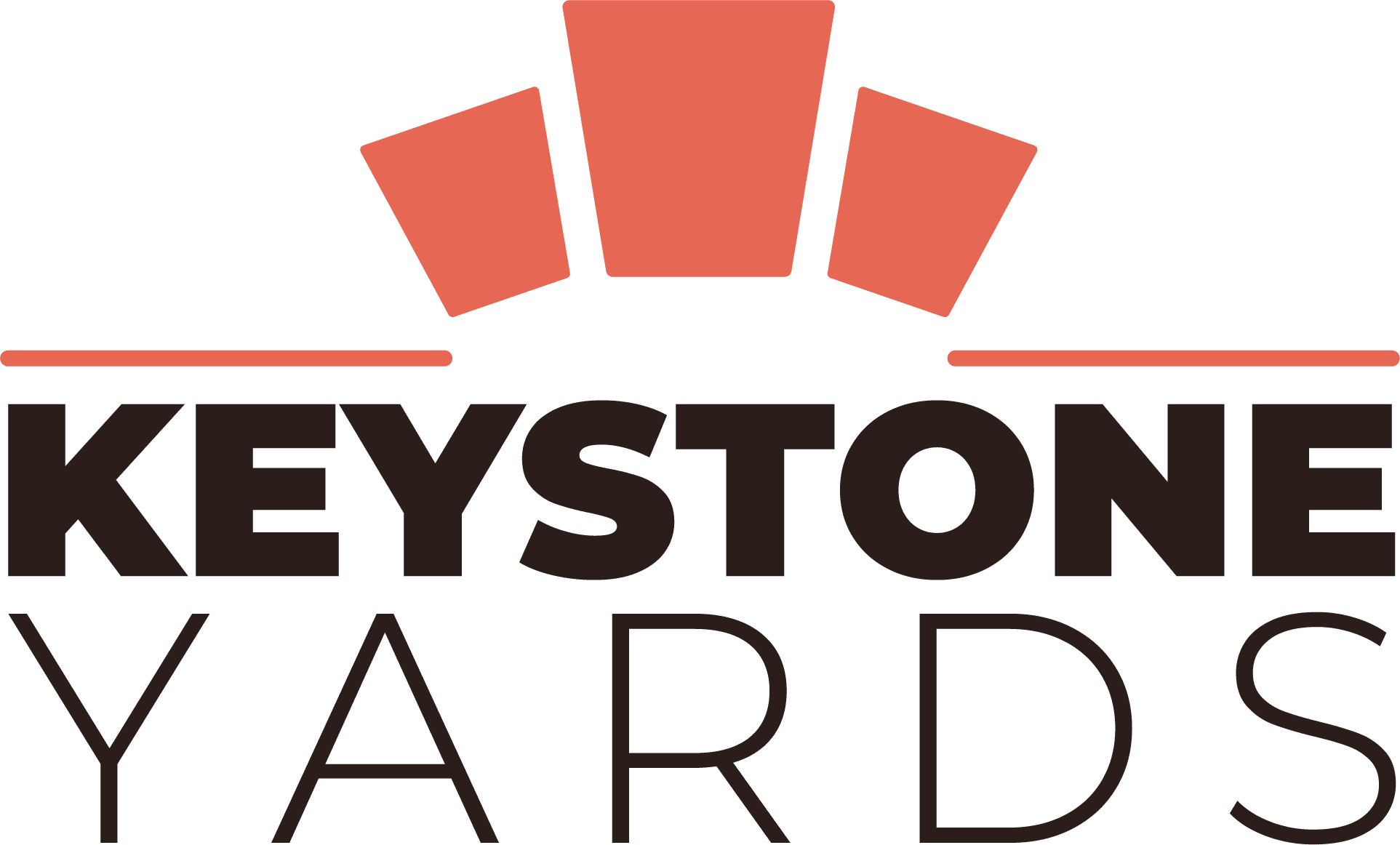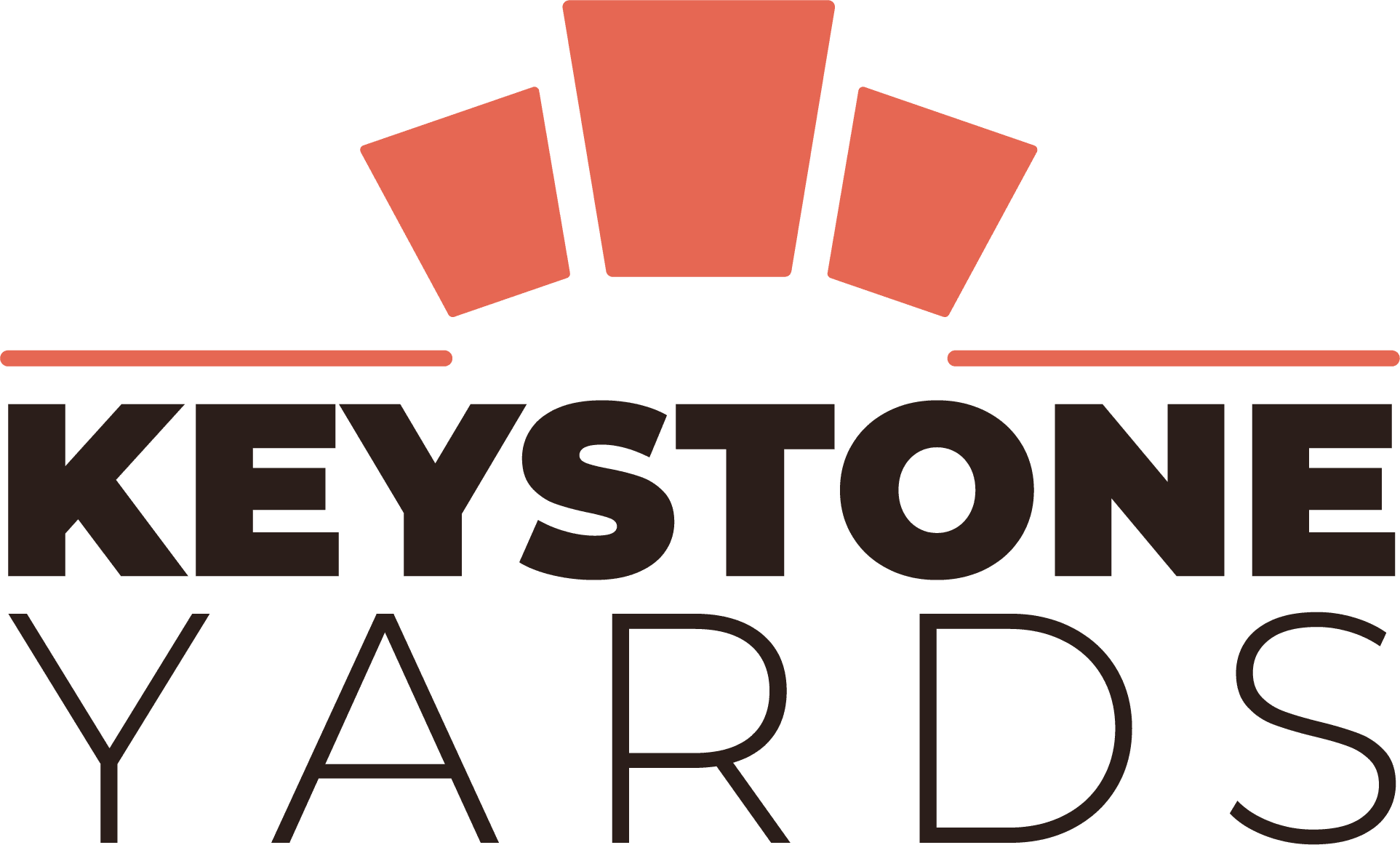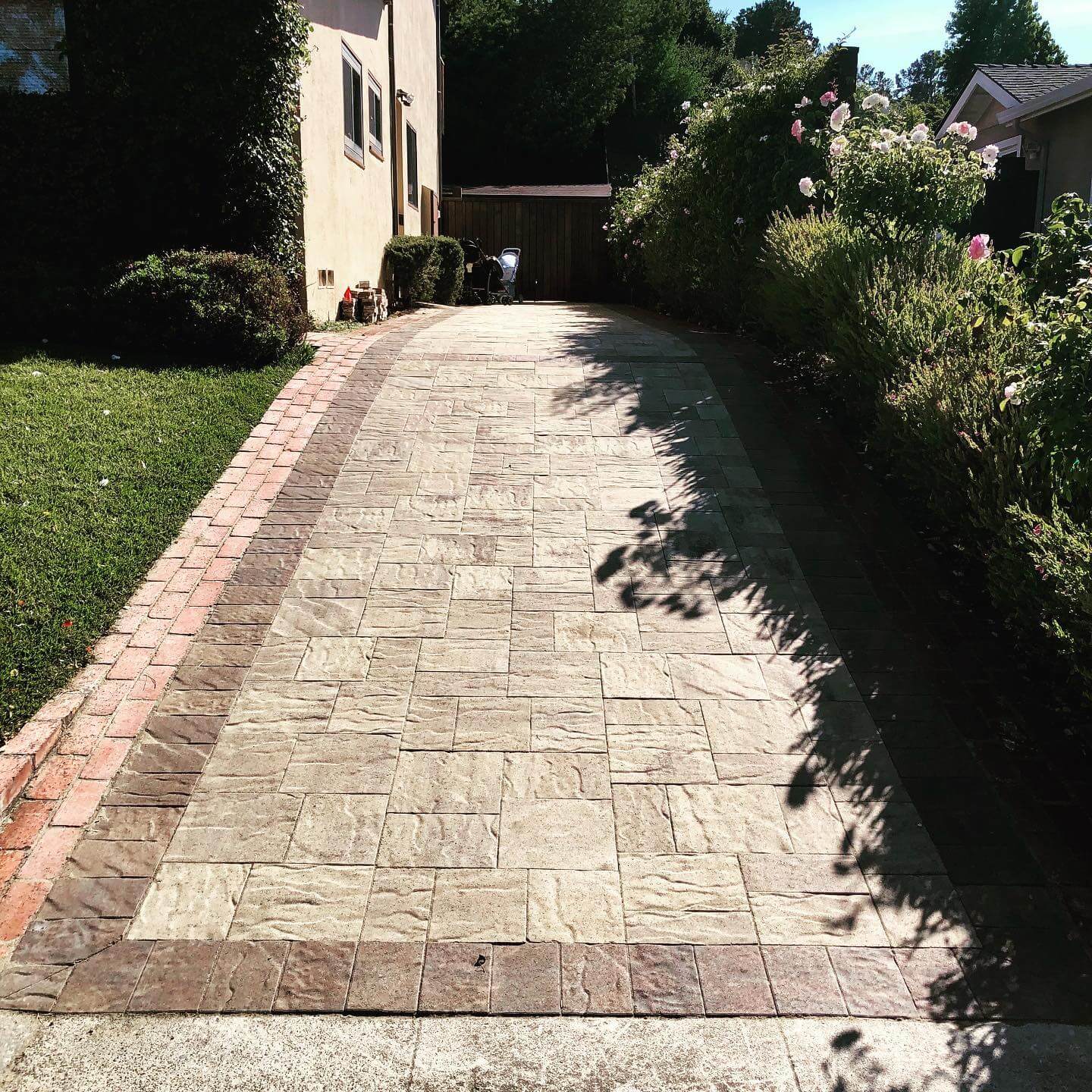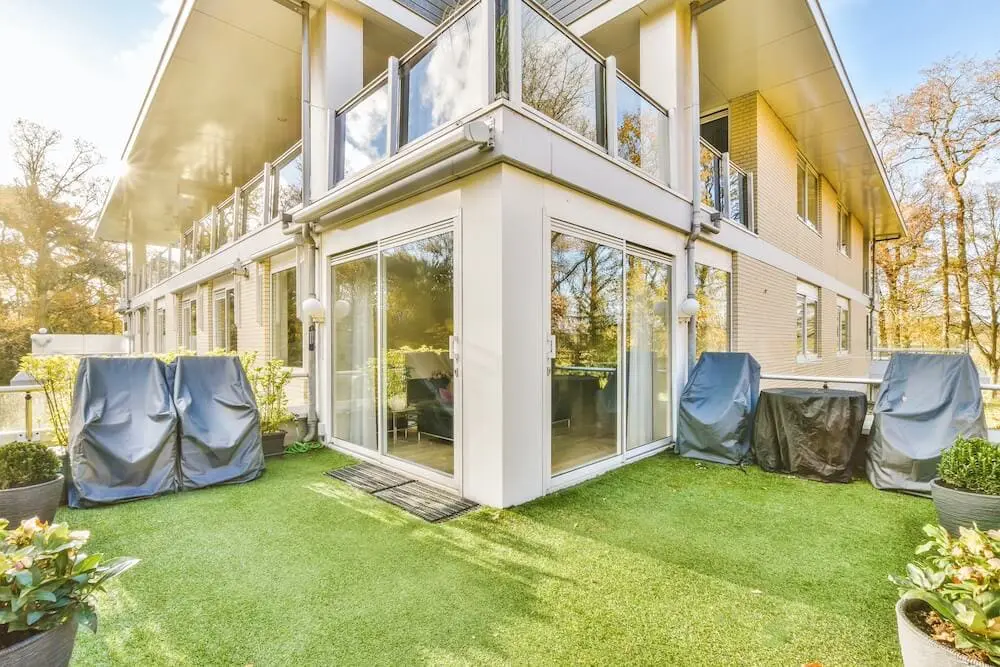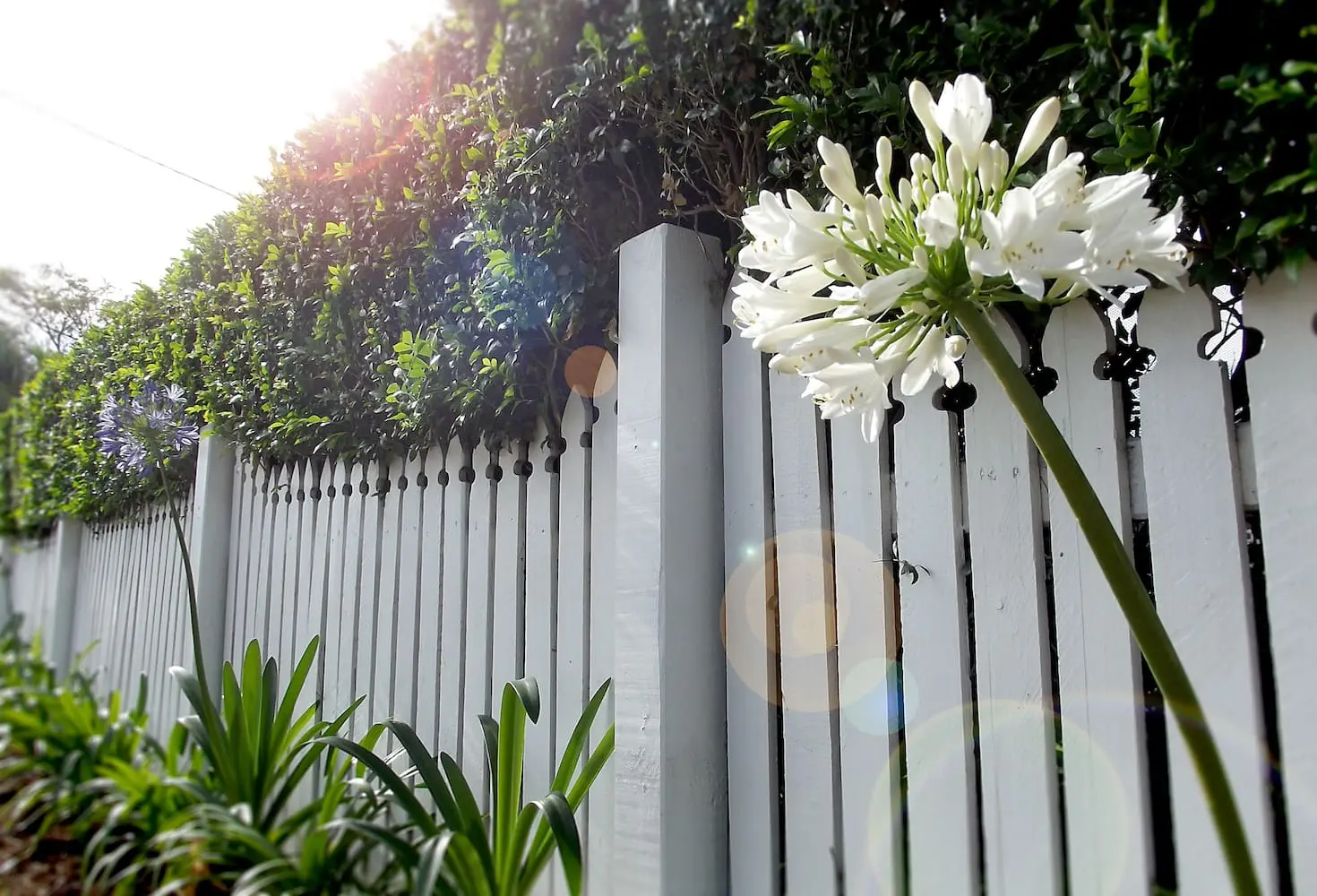
Different Types of Fences: Materials, Styles, & Their Benefits
What is Fencing?
Fences are used in various areas and agriculture; they are used to keep animals in or away from a place. You can use a variety of materials to set a fence. The types of fences materials you choose will depend on the topography of the site to be fenced in, the location, and the type of livestock you want to confine.
Before fencing was invented, it was common for domesticated livestock to wander freely everywhere. Eventually, excessive use of row crop agriculture and an increasing population stressed livestock farmers to fence in their animals.
Early fences were made of materials easily available, such as stone or wood. Today, a wide variety of wire, vinyl, PVC, and electric fencing choices are available, reflecting the many types of fences materials used in modern installations.
Importance of Fence
Placing a fence around your yard or home offers several practical benefits. Security and privacy are prime reasons why people install fences. A fence comes especially at hand if you inhabit an area adjacent to a wildlife reserve, as it will stop wild or wandering animals from entering your property and causing damage to your property and family. Fencing is also pivotal from the privacy point of view if you are worried about neighbors intruding or spying on you. Further, if you are irresponsible, intrusion into your territory may also happen. Instead, if you have fencing around, it will help you to outline your property lines concisely and legally. Choosing the right fence involves understanding the different types of fences materials available to meet your specific needs.
Fencing materials
All fences provide security to the buildings and create a boundary around them. They increase the value of your property and increase aesthetic beauty. Fencing materials all carry benefits and downsides. Some options work better in defined aesthetic styles than others. So your key step is to compare different fencing materials with each other. Understanding the types of fences materials can help you make the best choice for your needs.
Wood Fences
Wood is an alluring, classy material that works almost in all yard styles. It’s also less expensive than other fence materials like vinyl privacy fencing or masonry fencing option. Cedar, teak, and redwood are among the most popular fencing material types for their reliable and long-lasting characteristics. Bamboo fencing has become the best option since it grows too fast. You can also look for pressure-treated woods to increase durability and resistivity to rot, pest, and bugs. Wood fencing can last a couple of decades or more with proper maintenance, though this can vary based on the wood type you use. Moreover, it does ultimately distort and rot. Wood refinishing is also an option.
Metal Fences
Several different types of metal fences are known, like aluminum, chain link, and wrought iron fencing. However, metal has a specified design aesthetic that may work better around your home. For example, wrought iron can add a majestic feel. Chain link fencing is commonly found in very occasional yards. A few metals, like wrought iron, can also require raking and painting to keep rust and other signs of scratches away. Moreover, metal fences tend to be cheap. And they assist with purposes like keeping pets in without closing off the yard visually. When considering the types of fences materials available, metal fences can last for decades or longer with proper care and maintenance.
PVC Fences
For low-cost fencing materials, you can’t beat PVC fencing, which often works as the spikes, post sleeves, and stickers. It’s a way to minimize costs and increase lifespan because little to no wood is used in its construction.
Composite Fences
These are made mixed out of plastic and wood fibers. They look like wood with the enhanced durability of plastic. They won’t twist or rot as badly as wood and are much more resistant to pests and bugs. The price and quality of different composites vary broadly, so be sure of what you want and talk to a respectable seller.
Vinyl Fences
Vinyl fencing is the champion of the fencing world. It’s very costly but, if you can purchase it, you should consider this type of fence. It’s both firmer and more flexible than wood material. Adding it requires very little maintenance and is very easy to clean. It can also long for 20 to 25 years.
Masonry Fences
Masonry is an overlooked style of fencing. This includes styles like concrete, brick, stucco, block, or stone. These types of walls are known for their durability and longevity, often lasting over 30-40 years with proper care. They’re costly, but their resilience might make them worth the advanced cost. They also go ideal with houses that have classic or majestic styles to them. However, they need to be installed by an experienced professional, as they often need complicated footings and brace. And, with time, they might need their mortar joints rooted.
Different Fence styles
Over basic fencing materials, fences also come in a variety of styles. So consider those next. Each of these works has different artistic settings and objectives for the yard. Understanding the types of fences materials can help you choose the right style. Here is a basic guide to help you compare fencing styles with each other:
Privacy fence
This common workable type of fence obstructs all views outside the yard. It often comes in 5-6 foot-high panels.
Lattice fence
This blocks out most lines of vision but has a limited view through a decorative multi-color pattern at the top of each panel. It adds a bit of intimate style to a yard. You can often find the lattice fence in 6-7 foot-high boards.
Spaced picket fence
When someone recommends the typical suburban white picket fence, this is the type they mention. It is often waist-high and has widely spaced strips. It can give a clean and decent look to yards.
Scalloped fence
This type is similar to a white picket fence, but the top of the wall has a little curved design formed from pickets of different altitudes. It can give an intimate, decorative finish.
Squared fence
Squared fence type is just confined bars placed a few inches aside from each other. It’s an ideal addition to yards with a distinct, classy appeal.
Farm fence
The farm fence is formed by small, wide-spaced, horizontal wooden boards. It’s normally around waist-high and gives just enough obstruction to stop oxen from wandering off. It’s great for urban or rustic-style houses. And remember, check with your local township before finding your ideal fencing options and styles. Because some areas have height and privacy ruling for fences.
Electrified Fencing
An electrified fence is usually made from thin steel or aluminum material. It is fixed to give intruders and invaders an electric shock when it is run upon in restricted areas.
Electrical fences commonly used for agricultural purposes carry just enough voltage to make the being touching it a little painful. It is also utilized in other applications such as for industrial and commercial uses and may be designed to astound the offender. This type of fence used for military and safety purposes may be provided to deliver a deadly dose of shock. Whoever comes into contact with it could die instantly.
Living Fence
When shrubs and trees are planted at regular intervals to make a continual screen they are called living fences. This fence serves the various purposes of a compound wall, acting as a shield from high winds, ensuring privacy, and forming a background screen for a flower lawn, vegetable garden, yard, etc.
Benefits of Fencing
Fences not only add to the aesthetic value of your property but they also offer several benefits as follows:
Safety
The first and foremost reason for installing fencing on your property is for safety. Fencing secures your prized possessions and most importantly saves you and your family. A fence acts as a check for interlopers & invaders and keeps undesirable wild animals off your belongings as well. In addition to safety purposes, borders are not just sketched to keep people & animals away. But they also keep things or people in, like kids. Fixing fences around houses are also best for keeping pets in a bounded, controlled area.
Electric fencing provides a safer substitute than traditional barrier fences such as barbed wire and woven wire. It is less injurious than many fence types, which routinely cut, sting, and scrape farm animals, leading to high-cost vet bills and production casualty.
Flexibility
The various styles of fences give you the flexibility to design the courtyard you need, whether a permanent, semi-permanent or mobile application to work in most environments or geographical locations.
Ease of installation
Electric fence systems install speedily with minimum standard tools, saving time and labor whether you hire a professional or do it yourself.
Affordability
The cost-saving advantage of an electric fence is noteworthy when compared to other fencing options such as wood, rail, vinyl, composite, PVC, woven wire, or barbed wire.
Effectiveness
Most farm animals are strong enough to run away through physical barriers. A psychological hindrance, like an electric fence, improves the usefulness of existing barriers.
Boundaries
Without fencing, it can be hard to tell where your property lines exist. Installing fencing will help define the correct boundaries of your territory between your neighbor’s property and your own. Undefined property lines can play a key role in neighborly controversies, fences are a great way to prevent this.
Privacy
Privacy can also be one of the most important reasons for installing a fence in your home. Fences can part your home from the outside sphere, and when it comes to privacy, eloquent. There are no investigating eyes of strangers or neighbors observing your family as it offers liberty. Privacy issues can be easily resolved using high fencing or adjoining fences with trees & shrubs.
Aesthetics
Fences are a significant way to captivate the curb appeal of your house. There are many options available for fencing that can increase the aesthetic appeal of your house, as well as shoot up the property value. A thoughtfully planned arranged fence can not only create a shield, safety, and privacy. But can offer the best solution to expanding the visual aspects of your property. The fencing design should be reliable and match your house’s taste, themes, and styles. Installed fencing with durable quality, excellent protection, and privacy side will increase the value of your house.
If you want to sell your property, it can appreciably increase the sale price. New home seekers always look for well–planned and the best fencing when searching for homes, and as safety and privacy are usually high on buyers’ lists your new fence is a great investment that will get you a high return.
Uses of Fences
Fences are used to create boundaries and add aesthetic beauty to your property. Fences increase the security of your property and act as a sound barrier.
